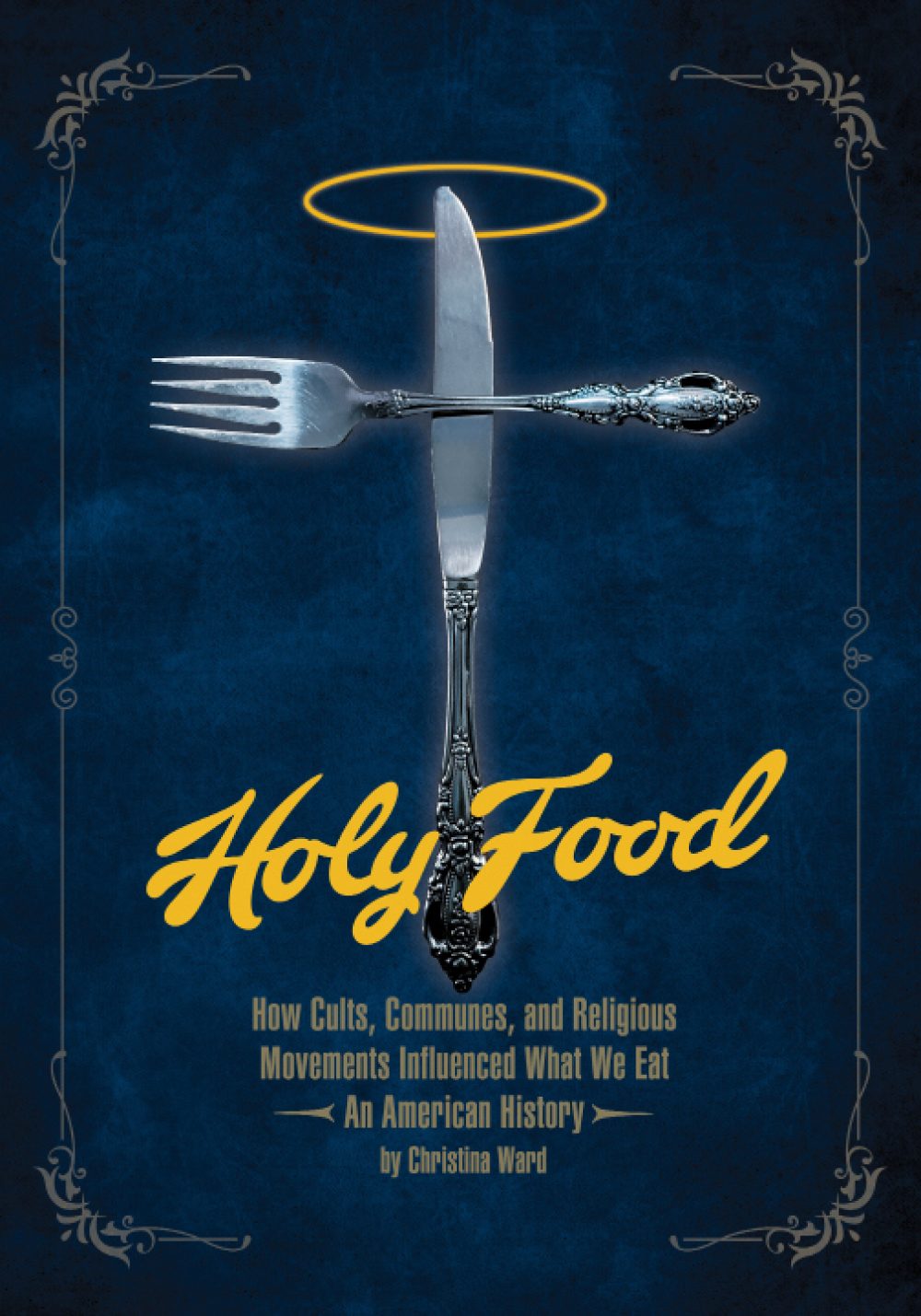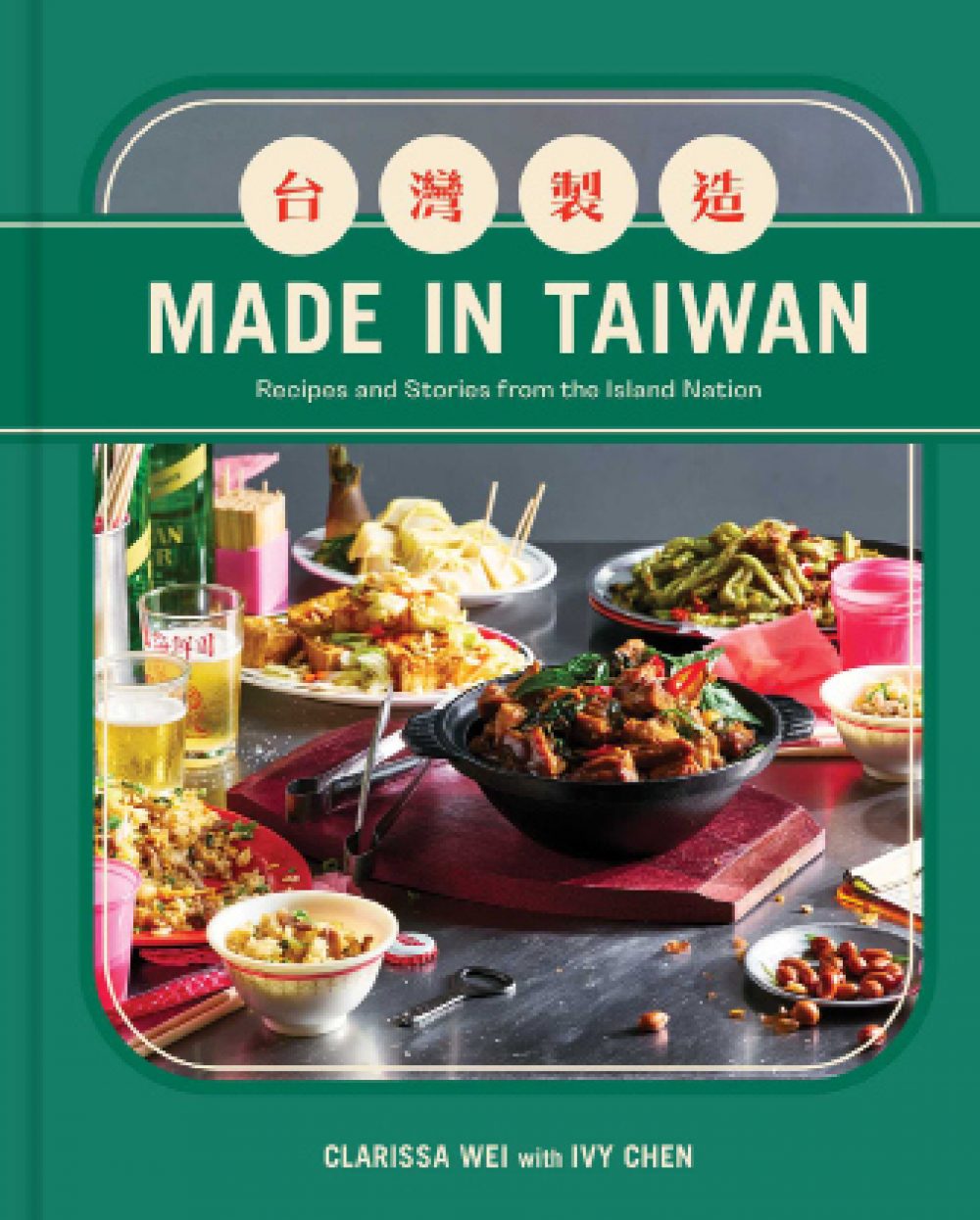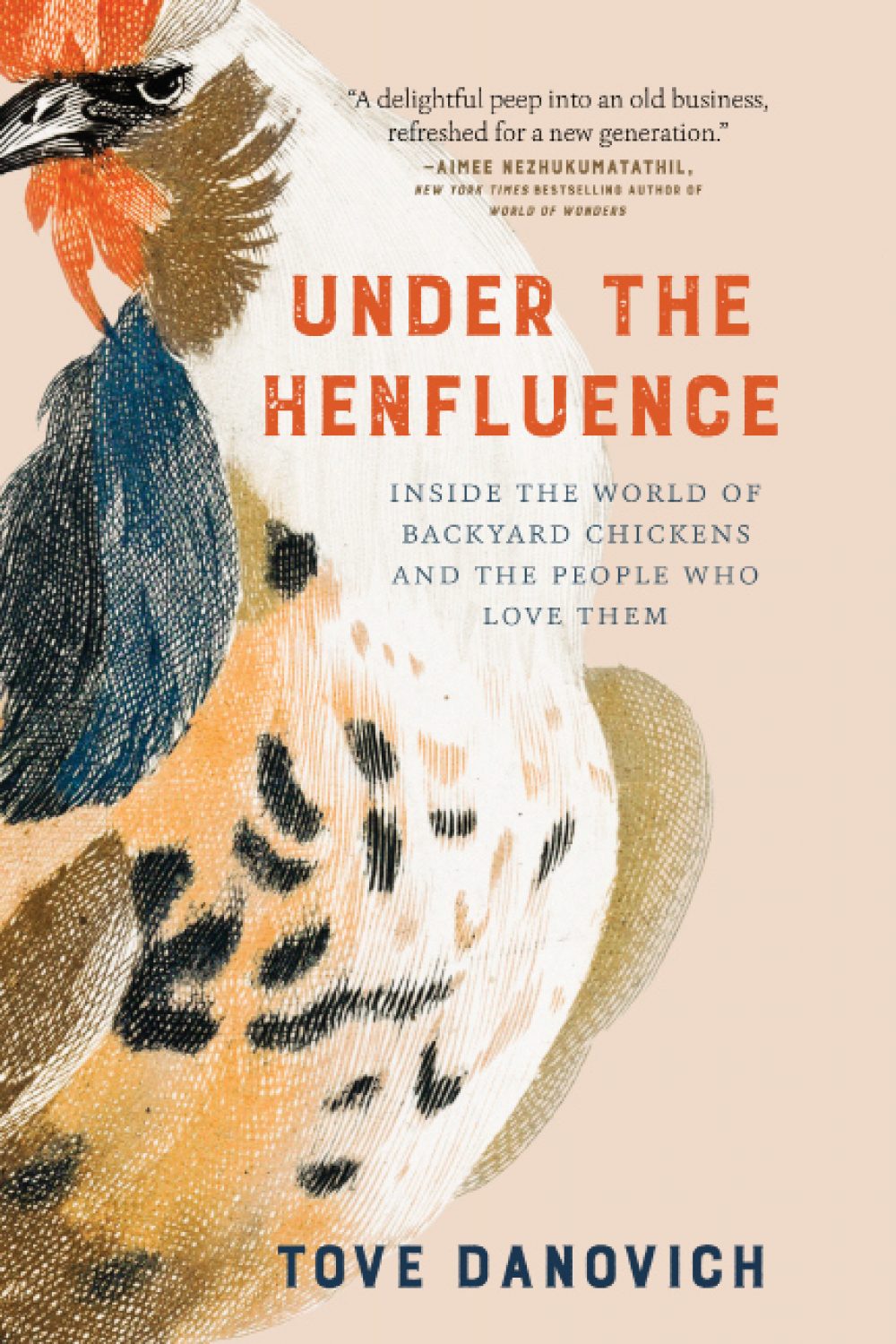Holy Food
by Christina Ward
Food seems to bring out the crazy in humans. Pythagoras thought that human souls could be transferred to beans. The late 19th-century Adventists believed that spicy foods caused sexual excitation, therefore food should be bland and tepid. Yogi Bhajan put followers on a highly restrictive diet—as did Elizabeth Clare Prophet, of the Church Universal and Triumphant, even though her personal fridge was full of ice cream. Many groups ended up building big businesses, including Bhajan’s Golden Temple (who founded Yogi Tea). And chef and cookbook author Deborah Madison was a member of the Green Gulch Farm Zen Center. The good news is that all of this contributed to the rise of healthier, better diets. The Nation of Islam promoted farming to feed their followers, and by the 1970s was the largest importer and distributor of whitefish. The Unification Church is the largest provider of raw fish for sushi in the U.S. My favorite fun fact, however, is the 1350 French poem “The Land of Cocaigne,” which described houses made of candy, streets paved with pastry and walking pot roasts that carve themselves. That’s the cult for me!
Buy on Amazon
Made in Taiwan
by Clarissa Wei
The day I arrived in Taipei, I dropped my bags at the hotel and rushed to the Raohe Street Night Market, which hawks everything from black pepper buns and stinky tofu (smells terrible, tastes great) to pineapple taro ice cream burritos, and “fire and ice” shaved ice flavored with perfumed sugar syrup and mochi balls filled with either peanut or sesame paste. Clarissa Wei dives deep into this cuisine, one that deserves serious attention, whether we are talking beef noodle soup, scallion pancakes, three-cup chicken, coffin bread or peddler noodles. Unique ingredients include dried olive flounder and maqaw, a peppercorn-like seed. Culinary influences range from Japanese and Chinese to Dutch. (In fact, Taiwan’s famed soup dumplings actually hail from Shanghai.) All of this describes a cuisine that is a true mashup of powerful flavor profiles. My favorite piece of Taiwanese trivia? A Taiwanese turkey weighs 55 pounds! If you could shove that into an oven, you could serve everyone you know.
Buy on Amazon
Under the Henfluence
by Tove Danovich
Growing up, my mother told the story of me in a baby carriage with a rooster sitting on the handles keeping watch. Years later, I started raising chickens for eggs, and my mother did the same throughout her life. The eggs are great, but the real treat is the chickens themselves—they come in every possible color and configuration, and watching them peck for food takes your blood pressure down a notch. Unfortunately, chicken is now big business, with over 9 billion birds raised for meat or eggs on industrial farms in the U.S. alone. Here, Tove Danovich reveals a whole new world of poultry possibilities. Domesticated 3,500 years ago in Southeast Asia, chickens come in 120 breeds and 450 variations, and are smarter and stranger than you think. Mike the Headless Chicken (whose bungled decapitation left him with enough of a brain stem to survive) went on tour and made national headlines. Many are owned by the rich and famous, including Isabella Rossellini and the Duke and Duchess of Sussex. Some scientists think that chickens have names for their owners (they make over 30 distinct sounds, and even purr like cats). They can discriminate between colors and shapes, and they can be trained to run obstacle courses—better than some humans do. The Ohio National, an annual poultry event that hosts over 8,000 birds, preceded the dog show by 30 years. And during some Chinese weddings when the groom could not be present, a rooster was used as a proxy. The problem is that the chicken industry is a brutal world. One estimate is that half of the birds in a facility die prematurely. The backyard chicken is cute and productive; the industrial chicken is another story altogether.









